Scream's History And Legacy: How Wes Craven’s 1996 Film Saved The Horror Genre
A deep dive into Wes Craven's modern horror classic

By the mid-1990s, screenwriter Kevin Williamson was in serious trouble. He had been living in Los Angeles for a few years trying to sell his scripts, but he was primarily interested in making horror films, and studios weren’t interested. According to an interview with Williamson in Inside Story: Scream, he was three months behind on his rent, and he couldn’t pay his bills or his car payment. He was, in his own words, desperate.
Needing money, he took on a housesitting gig, and one night in the dark and lonely home ultimately changed his life forever. Watching television, Williamson channel surfed to a news special about Danny Rolling: a man perhaps better known as the Gainesville Ripper. Rolling was a monstrous serial killer known for breaking into dormitories and sexually assaulting, murdering, and mutilating college students, and learning the details sufficiently freaked out the screenwriter. Seeking some sense of security, Williamson made a call to a friend, but they didn’t talk about puppies and rainbows; they talked about their favorite scary movies.
Kevin Williamson came away from the experience inspired. Channeling his love for his favorite film, John Carpenter’s Halloween, he went off to Palm Springs for some isolation and to focus on working. He locked himself in a room and let his mind pour out on the page, and we walked away with a new, original screenplay for a feature that he dubbed simply… Scary Movie.
That title wouldn’t stick (it was eventually changed to Scream late in production), but it was instantly clear to anyone who read the script that Williamson had created something special. While the genre was seen as being dead at the time, Scary Movie’s quality nonetheless inspired an intense bidding war that was ultimately won by Dimension Films – a new division of Miramax founded by Bob Weinstein. As things turned out, the interest and investment was wholly justified. Scream, with legendary director Wes Craven at the helm, ended up saving horror cinema.
With its smart and captivating post-modern perspective, Scream became a game-changer when it was released in December 1996. Critics didn’t get it at first, but audiences did, and they turned it into the industry’s first massive horror box office win in years. The genre wouldn’t be what it is today without it, and I’ll be taking a close look at its impact in this first installment of a new weekly column: Scream’s History And Legacy.
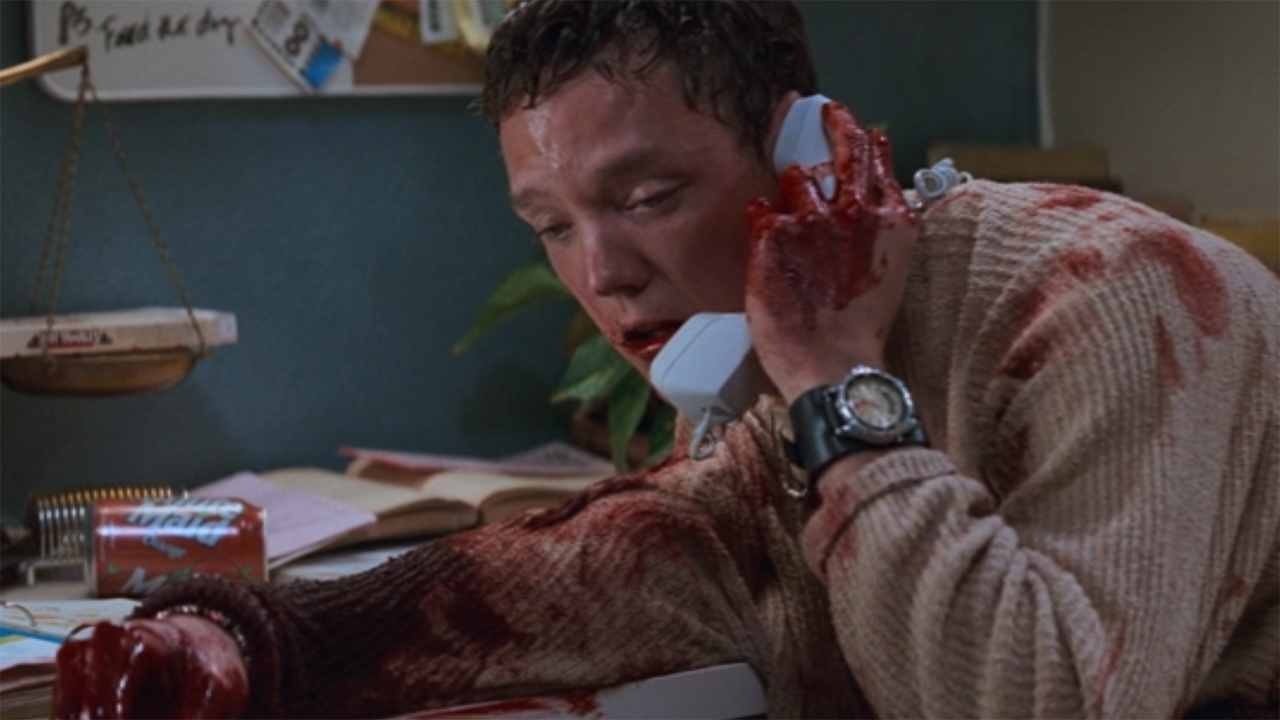
Why Scream Is The Best Movie In The Scream Franchise
In any film franchise, it’s hard to top the original. Simply put, the whole reason any franchise exists is because of the high quality of the movie that kick started it, and the seminal chapter is typically the high bar to which all of the later installments are eventually compared. Expectations are set, and hard to top. This isn’t true in every case – but it is true when it comes to Scream.
For reasons I’ll get into deeper in this column, Wes Craven’s Scream is a movie that was very much of its time – built specifically to reflect on what had become of the horror genre after the slasher and sequel happy 1980s – and yet, like a great piece of film criticism, it is timeless because of the sharpness and intelligence of its commentary, and it’s elite in the legacy of the series.
Your Daily Blend of Entertainment News
Like any mystery, Scream is a different experience on rewatch when you know the identity of the killers, but the way in which the movie is layered is better than what’s featured in any of the sequels thus far, particularly because of the observable ways in which clues and false leads are unfurled – from the black boots that come down in the bathroom stall when Sidney is at school, to the suggestions that perhaps David Arquette’s goofy Deputy Dewey Riley or Henry Winkler’s Principal Himbry could be the man behind the Ghostface mask.
While every sequel has tried, the opening sequence with the murder of Drew Barrymore’s Casey Becker will never be topped, nor we will ever be able to forget the introductions of the icons of the franchise – including Neve Campbell’s Sidney Prescott, Dewey Riley, Courteney Cox’s Gale Weathers, Jamie Kennedy’s Randy Meeks. And while there have been some great killers in this franchise, there is no topping the duo of Skeet Ulrich’s Billy Loomis and Matthew Lillard’s Stu Macher.
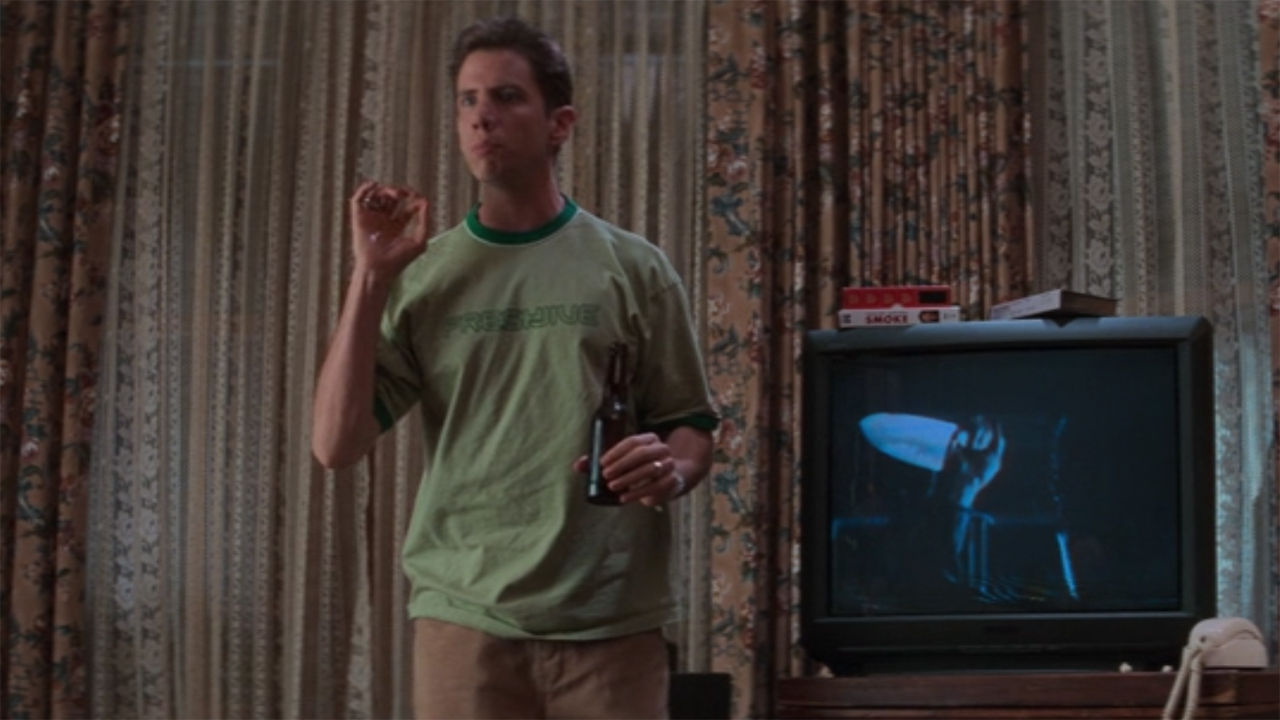
How Scream Fits Into The History Of Horror
In 1984, Wes Craven made an outsized impact on the film world with A Nightmare On Elm Street: a movie that introduced the terror of Robert Englund’s Freddy Kruger and put New Line Cinema on the map (the studio dubbed with the nickname “The House That Freddy Built.”) Twelve years later, Craven outdid that by saving the horror genre as a whole.
As alluded to, horror was in a dismal place at the start of the 1990s. While the 1980s was a boom time thanks to the dominance of the slasher subgenre, studios exploiting brands like Halloween, Friday The 13th, and A Nightmare On Elm Street with endless, quickly produced, and bad sequels had the effect of exhausting the audience. Scary movies became box office poison, and studios became reticent to invest in them. A shake-up was desperately needed, and that’s what Scream provided.
Not only was the film a wakeup call to the industry demanding for new creative energy in the field, the box office performance was a loud expression of support for change from audiences. It was an unconventional release coming out during the holiday season in 1996, and while it didn’t have an amazing opening weekend (taking fourth place and making $6.4 million), it shocked the cinema world by having a more successful second weekend (earning $9.1 million), and then an even more successful third weekend (bringing in another $10 million). By the time it left theaters around the Memorial Day holiday in May 1997, it made $103 million domestically, and was crowned the highest grossing horror movie of all time.
What also can’t be ignored is that Scream reinvigorated the spirit of a horror legend. When Dimension Films acquired the project, Wes Craven was considered the number one choice to take the helm… but he turned it down multiple times. The filmmaker never really stopped making horror movies, but in the early 1990s his personal issues with the genre were weighing on him. He explains in Inside Story: Scream,
I think that the reason that I passed on it was my usual stupidity. I have this long, long, career-long ambivalence towards doing genre films, and I don’t want to sound prissy, but there is an element to the genre that can be said to be misogynistic, for instance, and always carving up girls. And there’s a part of me that feels like, ‘How much longer do you want to do this?’
He got more intrigued by Scream when he learned that Drew Barrymore was interested in playing Sidney Prescott, but Craven gives most of the credit for his eventual “yes” to a pre-teen he met during an autograph session:
A little kid, I think 12 years old, somewhere around there, came up to me and said, ‘You should do a real kick ass movie again because your movies are getting softer and softer.’ And that just stuck with me.
The rest is horror history.
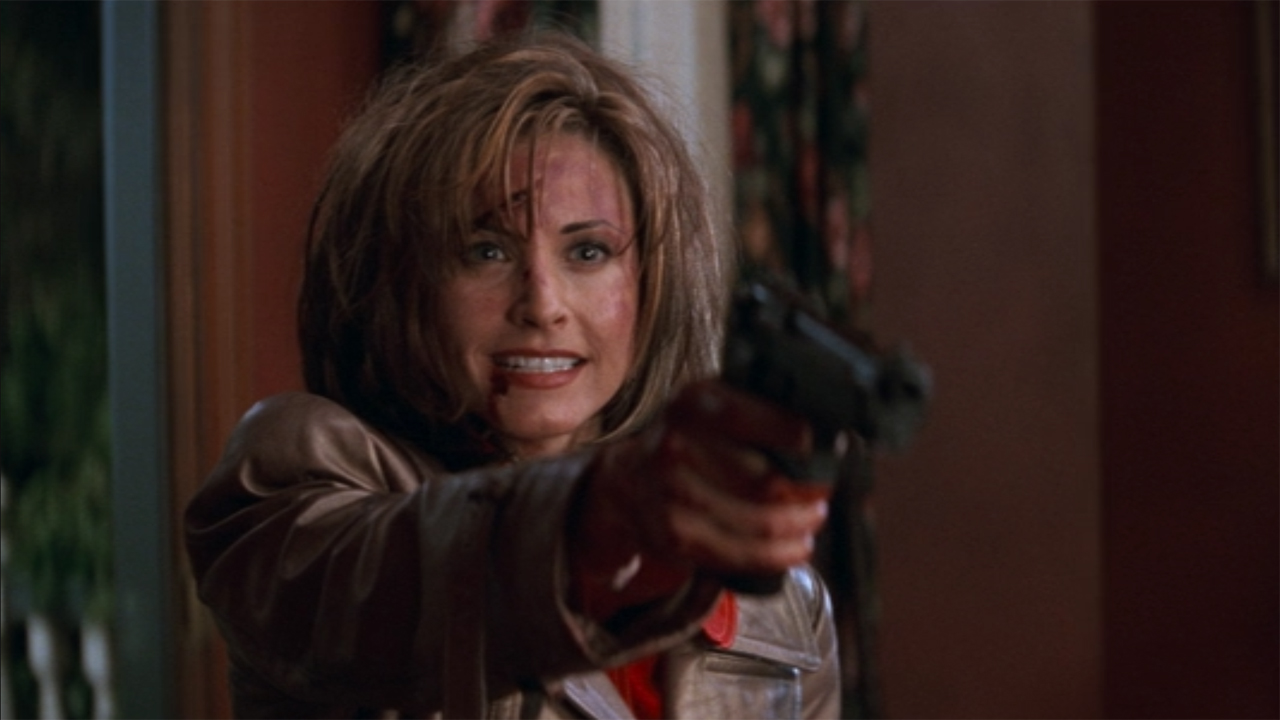
How Scream Sets Up Its Franchise’s Future
After four sequels and a TV show (with Scream VI soon on the way), the staples of the Scream franchise are all well-established, and all of them have their origins in the original film.
First and foremost, there is Ghostface. While creatives were struggling in Scream’s pre-production to nail down a look for the movie’s slasher, the mask was first discovered by producer Marianne Maddalena while scouting potential filming locations – finding it hanging on a bedpost. The great minds at KNB EFX attempted to create a legally safe knockoff, but nothing they came up with had the impact of what had been found. Wes Craven actually ended up using the mask during filming before proper rights were acquired, but fortunately any legal crisis was averted when the company that owned the mask, Fun World, was discovered, and a deal was made to use the design in exchange for mention in the end credits and $100 (per the 2011 documentary Still Screaming: The Ultimate Scary Movie Retrospective).
It should go without saying that Scream wouldn’t be Scream without Ghostface – but Scream also wouldn’t be Scream without Ghostface’s voice. Roger L. Jackson was initially hired by the production simply to perform opposite Drew Barrymore on set, the thought being that the voice would later be dubbed… but nobody in the world could deliver the line, “You hang up on me again and I’ll gut you like a fish” like he can, and Jackson has been an integral part of the franchise ever since.
Just below the significance of the killer’s look and sound is the big opening scare. As noted, Drew Barrymore was initially cast in the role of Sidney Prescott, but it was her last minute idea for her to play Casey Becker instead. In the tradition of Janet Leigh in Psycho, audiences were shocked that an A-list, heavily promoted talent would be killed off in the first 15 minutes, and an attempt at recreating that magic is present in every sequel.
Of course, genre self-awareness is a huge part of the formula – with characters not just being aware of horror movies, but of the "rules" that govern them – and there is always the slasher-centric mystery, which usually is resolved with the reveal of not just one killer, but two. (I’ll be digging more into that “usually” a couple weeks from now).
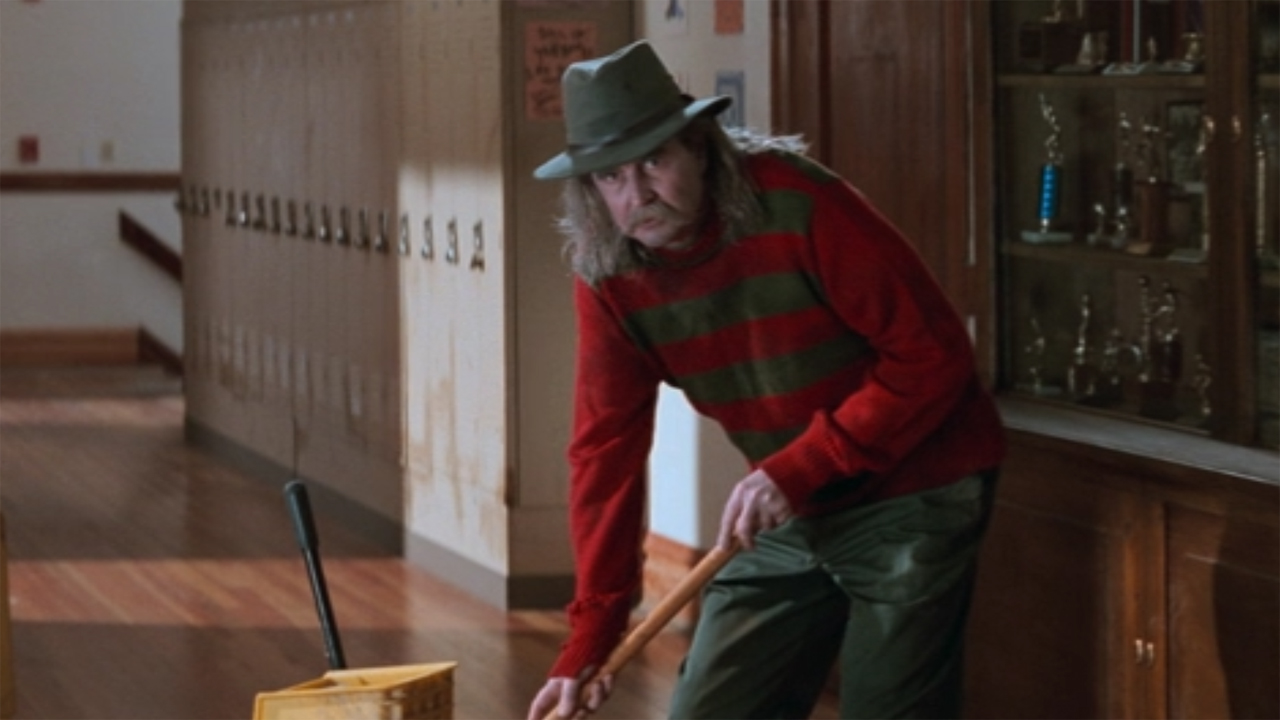
Is Scream A Good Horror Movie In General?
Context is not needed to justify the quality of Scream. It is not just a great Scream movie, or even just one of the best horror movies of all time; it’s a phenomenal cinematic achievement with vital importance in the history of genre filmmaking.
There was no shortage of issues in the making of Scream – the effort including Wes Craven nearly being fired early into filming, a conflict with the Santa Rosa City School District Governing Board robbing the production of a key shooting location, and battles with the MPAA to avoid an NC-17 rating for the final cut. And yet through it all, the movie is a masterpiece that is as smart and funny as it is scary.
And Scream truly is brilliantly scary. The meta commentary is pointed, Randy Meeks’ geekdom is hilarious, and we can always “aww” at the budding romance between Dewey and Gale, but when it’s slasher time, there are no laughs or smiles. Whether you are watching the film for the first time or the hundredth, there is no dismissing the pure terror of Casey Becker’s murder, the tragic end of Rose McGowan’s Tatum Riley, or Sidney Prescott’s fight for survival at Stu Macher’s party.
The brilliance of Kevin Williamson’s script, the genius of Wes Craven’s direction, and a perfect ensemble cast permanently cements Scream’s important place in horror and cinema history.
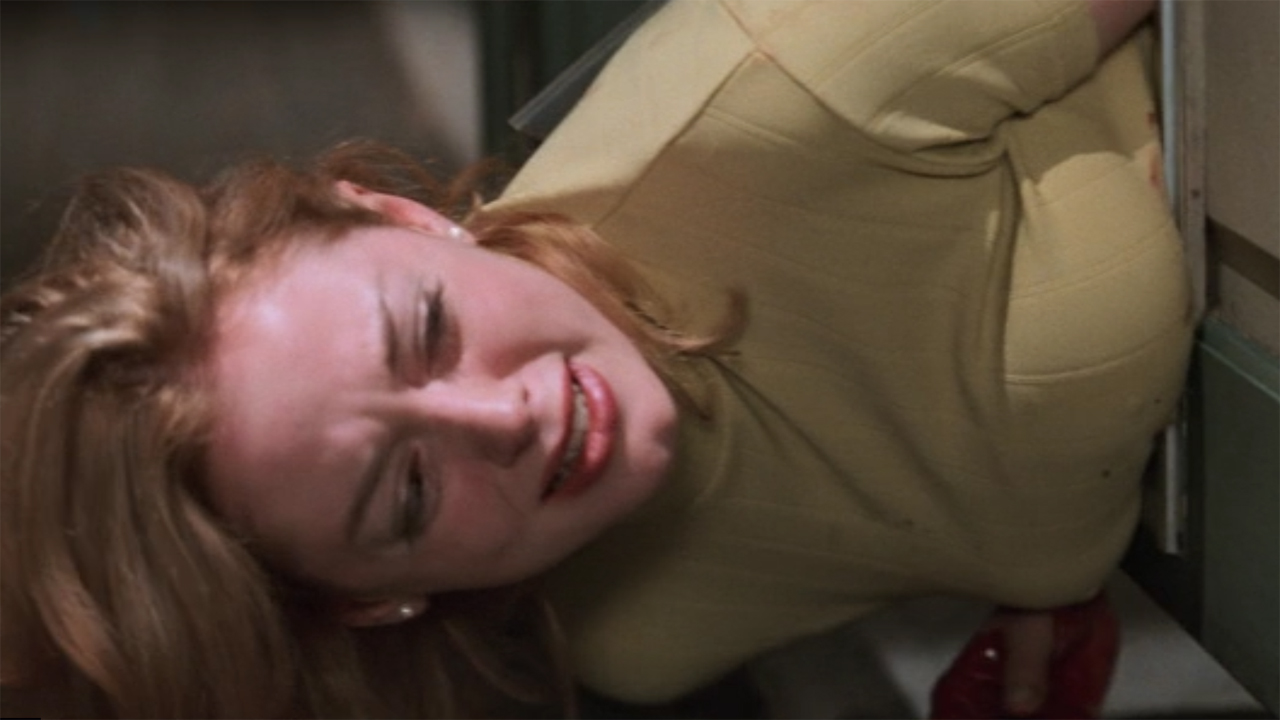
How To Watch Scream
At present, Wes Craven’s Scream is not available on any of the subscription streaming services, but it is nonetheless very accessible online. Digital purchase and rental options are available from the major online outlets – including Amazon Prime, Google Play, Vudu, and Apple. If you’re a physical media collector, a beautiful 4K edition hit stores in 2021, but you can also get it on standard Blu-ray.
Be on the lookout on CinemaBlend next Thursday for the second edition of Scream’s History And Legacy, which, naturally, will be taking a close look at everything that Scream 2 has to offer both to the franchise of which it is a part and the horror genre at large.

Eric Eisenberg is the Assistant Managing Editor at CinemaBlend. After graduating Boston University and earning a bachelor’s degree in journalism, he took a part-time job as a staff writer for CinemaBlend, and after six months was offered the opportunity to move to Los Angeles and take on a newly created West Coast Editor position. Over a decade later, he's continuing to advance his interests and expertise. In addition to conducting filmmaker interviews and contributing to the news and feature content of the site, Eric also oversees the Movie Reviews section, writes the the weekend box office report (published Sundays), and is the site's resident Stephen King expert. He has two King-related columns.
